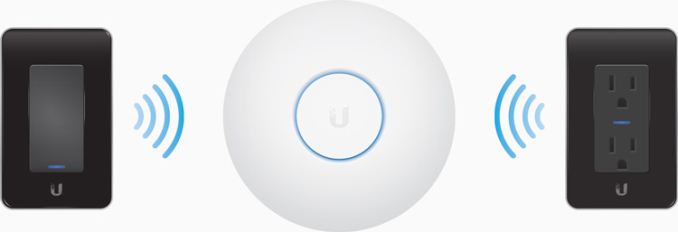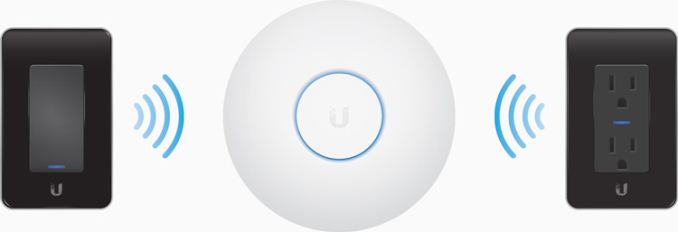
With the Internet of Things (IoT) revolution underway, consumers want the ability to control devices in an automated and easy manner. The home automation market has also received a fillip recently, thanks to efforts from some high-profile vendors. Ubiquiti Networks is tackling the IoT market from the enterprise / SMB side. Due to the nature of that market segment, Ubiquiti’s building automation product line (mFi) is loaded with features, and is quite flexible too. We had reviewed the mFi mPower and found it to actually present great value for the money despite being targeted towards business users.
Today, Ubiquiti is launching a couple of additions to the mFi family. The mFi-MPW is similar to the mFi mPower in terms of providing electrical outlets with remote switching (over Wi-Fi) and energy monitoring capabilities. The only difference is its in-wall design which allows users to replace the existing wall outlets while gaining automation aspects. The industrial design allows for blending of the device into the current setting (no odd protruding contraptions out of the wall / loose power strip hanging off the outlet). The mFi-MPW comes in black, with a white colored option (mFi-MPW-W) also in the mix.
The second device provides new functionality by acting as a switch / dimmer. Unlike traditional switches, the mFi-LD and mFi-LD-W come with touch panels. Toggling the lights is achieved by tapping while dimming control is provided by sliding the fingers on it (similar to a mouse pad). Obviously, the device can be controlled via Wi-Fi and energy monitoring is available. More details about the switch / dimmer can be found here.
While basic control and monitoring can be achieved via the web-interface, the usage of the mFi Controller Software allows for setting up scenes and other home automation aspects. SSH access is available (similar to what power users have enjoyed with the other mFi devices), opening up a host of possibilites for developers of home automation integration systems. In terms of hardware installation, many home users might prefer the services of a licensed electrician for installation (but, this is quite similar to what one had to do for the Belkin WeMo Light Switch, a play aimed purely at the residential market). The other issue is that all the Wi-Fi circuitry takes up some space, and the outlet is actually 1.6″ deep (which might be too big for some gang boxes).
Retail availability is still a bit of a hit-and-miss, as Ubiquiti tends to operate through a distributor network. However, on the basis of my previous experience, I believe we should be able to grab these on Amazon pretty soon.



